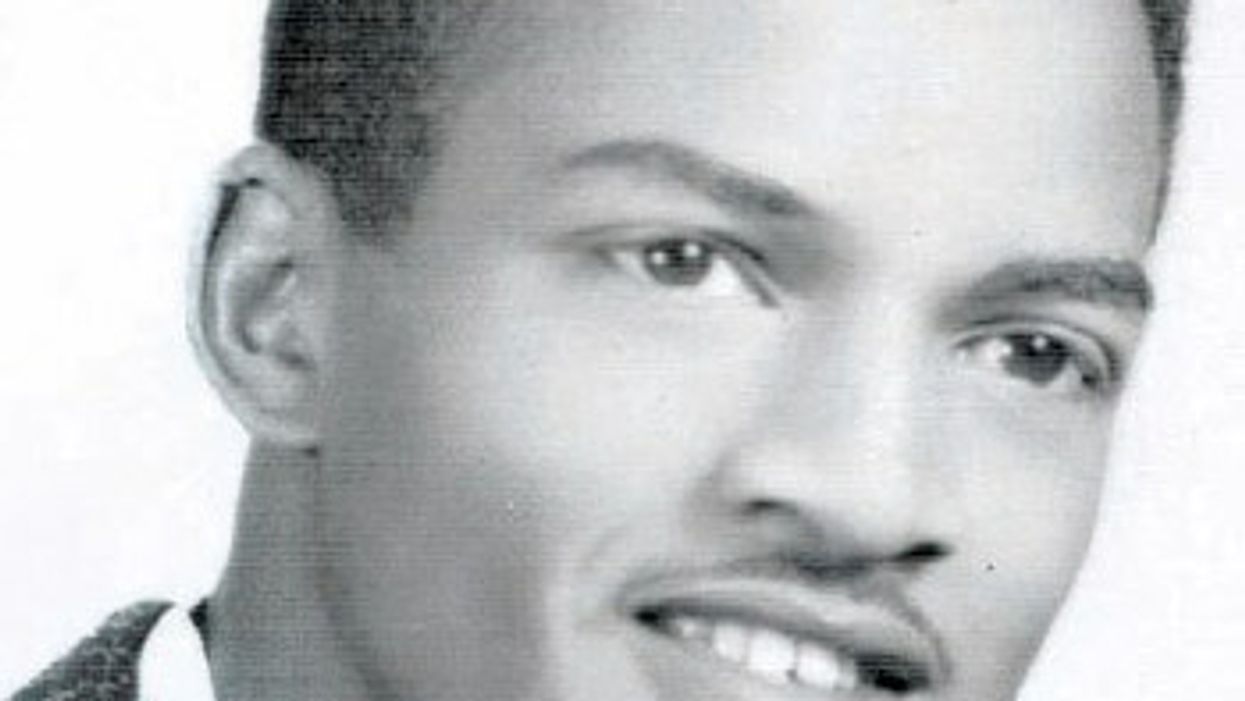Search
Latest Stories
Start your day right!
Get latest updates and insights delivered to your inbox.
guitar-player-musical-application-melodic-ideas-bass-motown-jamerson-bassists-toby-funk-mary-equipment-ampeg-diana-ross-smokey-robinson-supremes-grapv
Don’t Miss Out
Get the latest updates and insights delivered to your inbox.
Recent
load more
